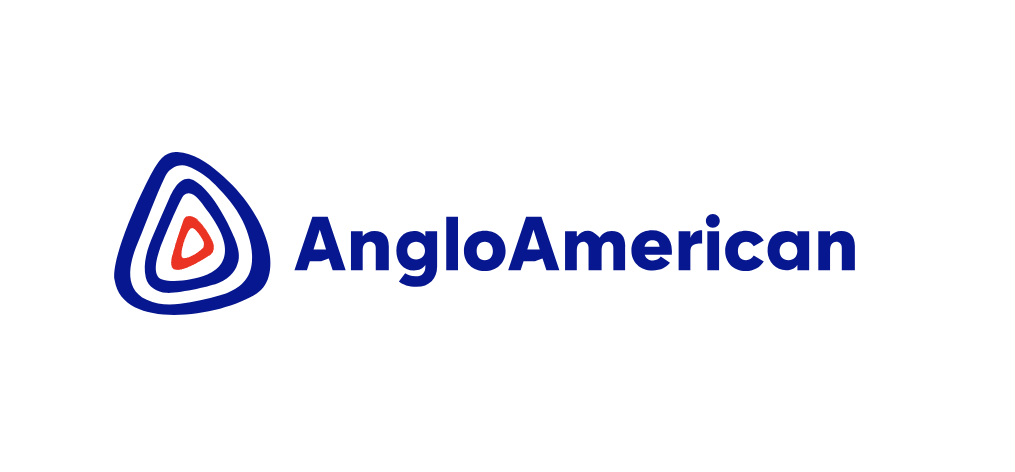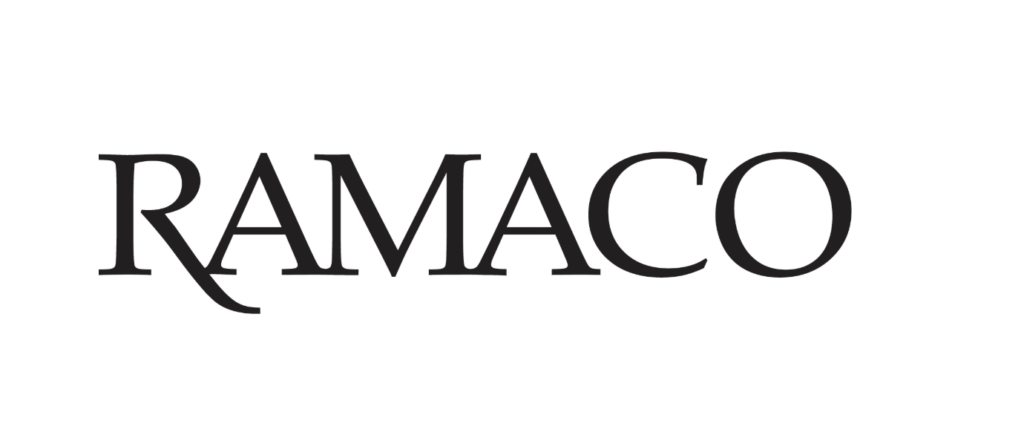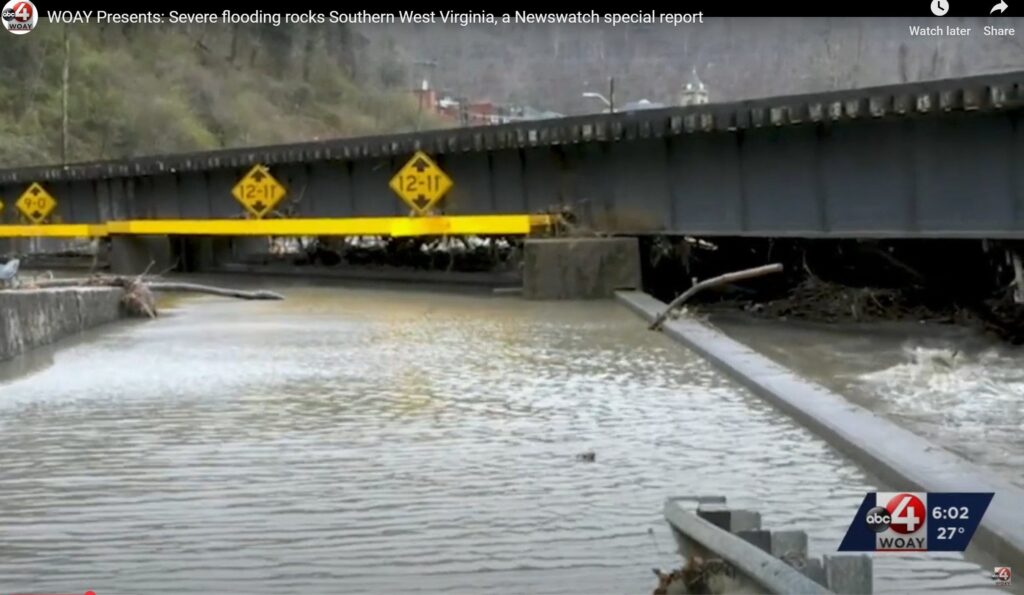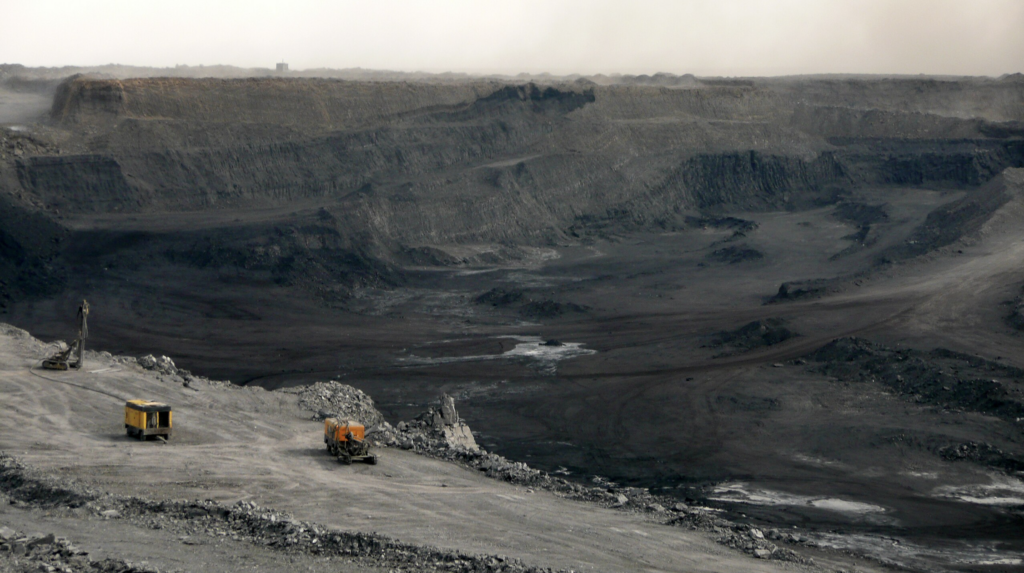RBC Capital analysts this week lowered their price target for Warrior Met Coal as costs balloon at the steelmaking coal company’s Blue Creek mine project. The analysts dropped their price target from $74 to $64 after the company said it plans to spend $335 million to $390 million this year on developing the mine and other discretionary expenditures. That figure was 32% higher than the RBC analysts had expected and 24% above consensus expectations.
For the fourth quarter, the analysts were expecting the company to spend $152 million in capex, mostly on the mine expansion, while a consensus estimated $149 million. The actual price tag for capex and mine development the company reported last week was $182.5 million. The company said free cash flow declined by $34 million in the fourth quarter compared to the comparable period in 2022 primarily because of capital expenditures at Blue Creek, which is located in Alabama.
Scheduled to begin commercial operations in 2026, Blue Creek has a reserve base of 69.8 million short tons of recoverable reserves and 49.5 million short tons of coal resources, making it one of the largest untouched metallurgical coal reserves in North America, the company says. Warrior Met Coal originally thought the project would cost $700 million. Additional scope for transportation and logistics added $120 to $130 million to the price tag, and inflation of 25% to 35% pushed that estimate to around $1 billion.
“Inflationary cost in the mining sector continues to persist and pressure cost structures for labor, supplies, materials and equipment purchases,” Warrior Chief Financial Officer Dale Boyles said in a company conference call discussing its most recent financial results. “These additional costs are expected to drive up our cost per short ton in 2024.”
One of the factors influencing the company’s capex expectations for 2024 is that it will need to hire 250 new employees to fill gaps at existing mines and to ramp up Blue Creek later in the year, Boyles said.
“It’s easy to read the Wall Street Journal and say, well, it’s come down to 3.4%,” Boyles said, referring to a recent print for general U.S. inflation. “Well, that has nothing to do with the mining sector where there’s been a tremendous increase in labor and supplies and materials. We’ve talked about it over the last three years, just quarter-after-quarter of the inflation in this sector. So don’t see that changing.”
Beyond the Blue Creek mine expenses, Warrior Met Coal said it is also facing higher freight costs because of low water levels in the Panama Canal system and geopolitical tensions in the Red Sea.
Despite its lowered price target, the RBC analysts this week maintained their Sector Perform rating on Warrior Met Coal.
“While 2024 capex at Blue Creek was above our estimates, management reiterated the total capex provided in Q2/2023 of ~$1.04B,” the analysts said. “We think Warrior remains well positioned to continue generating strong FCF as met coal prices remain elevated ($315/t spot) while balancing Blue Creek growth with shareholder returns.”
In spite of the higher spending, Warrior Met Coal’s fourth quarter net income rose. That metric hit $128.876 million, up from $99.654 million during the year-ago quarter, helped by higher production, sales and prices for steelmaking coal. Prices for metallurgical, or met, coal—which is used to make steel—have been higher amid lower supply from miners because of mine changes, maintenance, geological faulting and a mining suspension after a fatality at a BHP Group Ltd.
Source: Benzinga










